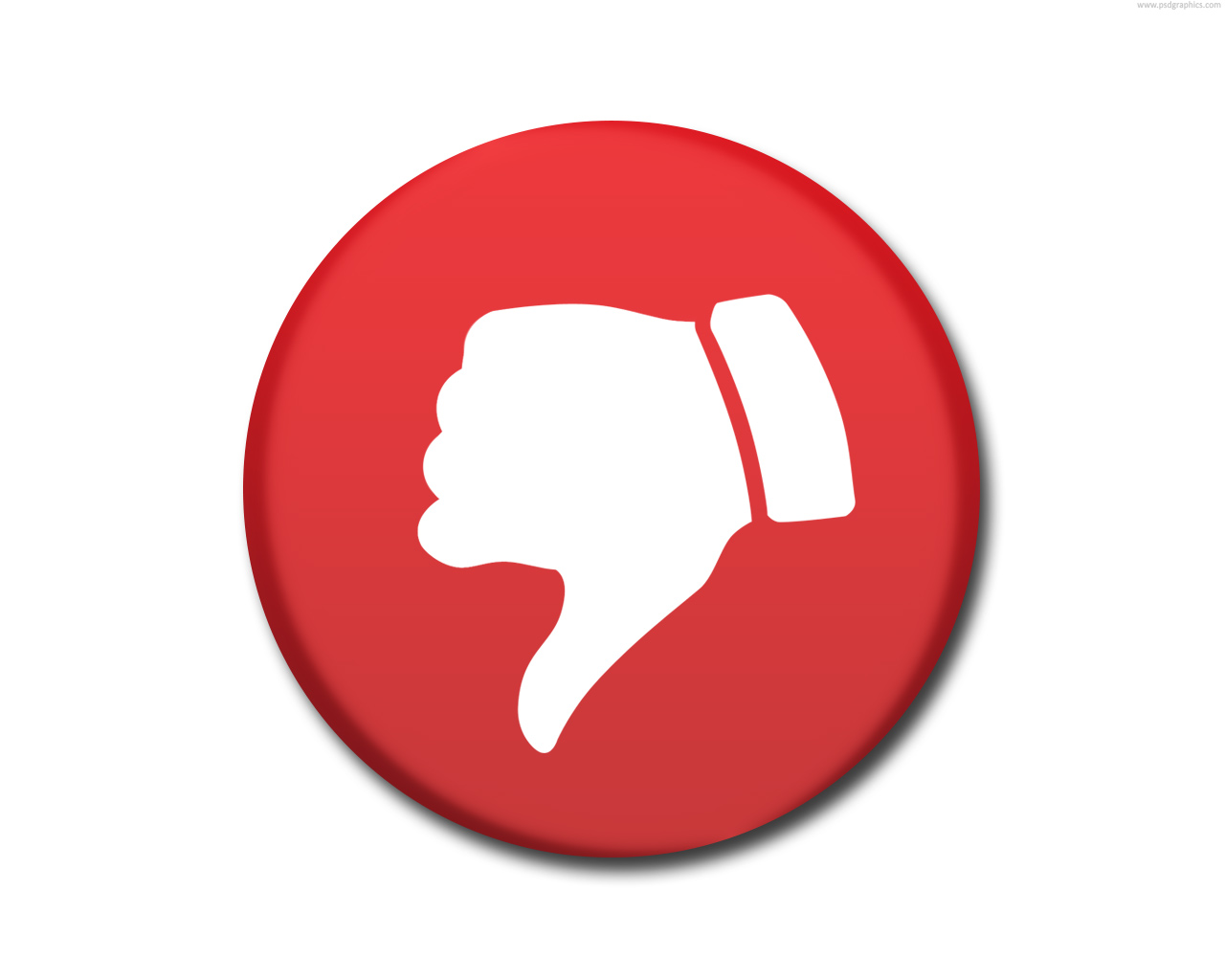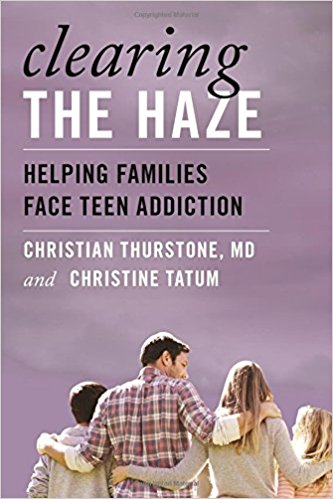There are few better examples of how science and journalism come together to confuse the public than last week’s news coverage of research out of Europe assessing and comparing risks associated with use of several drugs, including alcohol, marijuana and tobacco.
The study, titled “Comparative risk assessment of alcohol, tobacco, cannabis and other illicit drugs using the margin of exposure approach,” is found online here. It was published Jan. 30 in Scientific Reports, an online, open-access journal from the publishers of Nature focused on primary research from all areas of the natural and clinical sciences.
The study’s limitations are significant — and its results were widely misinterpreted in dozens of news stories topped by headlines declaring marijuana safer than alcohol. Among them:
- NBC News: No High Risk: Marijuana may be less harmful than alcohol
- BuzzFeed: Pot is 114 times safer than alcohol, new study says
- The Huffington Post: Marijuana may be the least dangerous recreational drug, study says
- Washington Post: Marijuana may be even safer than previously thought, researchers say
- Newser: Marijuana way, way safer than alcohol
- Newsweek: Cannabis More Than 100 Times Safer Than Alcohol, Study Finds (note that this story even quotes the Washington Post.)
- CBS: Study: Weed 100 Times Safer Than Alcohol
- Salon: Study: Marijuana is even less dangerous than we thought
- The Detroit News: Time to legalize marijuana (This column likens alcohol to an anaconda and marijuana to a housecat …)
To write that those headlines are leaps of logic is too kind. As one physician friend, Dr. Phil Fung, an assistant professor of medicine at Saint Louis University School of Medicine, put it: “The science writers and their editors should all lose their jobs. I think I may use this paper to teach (medical students, residents and fellows) how you must read the article.” (We identified one journalist, Laura Geggel, reporting for LiveScience, who did a nice job of being far more skeptical of the study’s conclusions.)
Dr. Fung and Stacy Solomonsen-Sautel, a Ph.D., biostatistician serving as a non-resident senior fellow at the University of Florida’s Drug Policy Institute, also examined this research. The three of us have agreed not to hold our breath as we wait for news organizations to correct the inaccuracies of their reporting. Here are just some of the study’s limitations — information that was not explained in most news coverage:
– It uses “The Margin of Exposure” which even the researchers call “a novel approach,” to compare the health risks of different compounds and prioritize risk management. While this is a relatively new way to think about toxicity, it assumes a lot about how people take drugs — assumptions that are not exactly in line with reality and, frankly, could be very off base.
– This means the study reports on theoretical harm. Take a look at this acknowledgement from the authors: “Much of the harm from drug use is not inherently related to consumption, but is heavily influenced by the environmental conditions of the drug use, and this additional hazard is not included in a drug ranking based on (animal) toxicology.” So, in other words, researchers did not consider any real-world circumstances when they looked at how animals consumed certain substances. This is like studying a person who heavily uses one drug only while living in a sterile box without any human interaction and with no access to cars. Because a person’s drug use is affected by the real world, this study can’t begin to claim one substance is safer (certainly not 114 percent safer, as BuzzFeed reported) than another.
– The researchers’ methodology lacked a lot of animal and human data, which limited them to assessing drug use only in regards to mortality, and not also for “carcinogenicity or other long-term effects.” That, too, is the absence of real-world information that would allow someone to declare with confidence that one drug is safer than another. The researchers also wrote this: “The absence of such data is specifically relevant for compounds with low acute toxicity (such as cannabis), the risk of which may therefore be underestimated.” They’re right. After all, tobacco users do not tend to die from acute nicotine impairment — but their drug use is our country’s No. 1 cause of preventable death.
– The authors of this study conclude their data support “strict legal regulatory approach rather than the current prohibition approach.” However, this is a mighty big leap. What does the lethal dose of marijuana for rats really have to do with the lethality of drugs for humans — much less drug policy and various government regulations? Rats aren’t making emergency department visits (marijuana is the second most common substance that accounts for these), involved in motor vehicle accidents (marijuana is the most common substance used before driving). And before we can make any presumptions about a drug’s harm to human health, we also need to consider other problems such as psychosis, risky sex and violence. And that’s long before we get to questions of drug policies.
– Consistent with the sweeping conclusion of this paper, the study’s lead authors support marijuana legalization and are funded by an organization that also has called for the drug’s legalization. Therefore, the credibility of this study’s conclusions need to be taken with a very big grain of salt for reasons other than the science itself.
All of this brings me to Dr. Stuart Gitlow, president of the American Society of Addiction Medicine (ASAM) and chairman of the American Medical Association’s (AMA) Council on Science and Public Health. Together, we serve as science advisors to Smart Approaches to Marijuana, or Project SAM, a nonprofit organization that advocates for public policies that are rooted in responsible science — and, like the ASAM and the AMA, stands against marijuana legalization.
When asked whether marijuana is safer than alcohol, here’s how Dr. Gitlow responded:
“Marijuana, as it is commonly used, is far more dangerous than alcohol, as alcohol is commonly used.
“The typical use of alcohol, when used, is 1-2 drinks, which causes minimal functional impairment and places the individual at no acute risk of harm, although long-term risks and consequences of such use is significant. The average pot user has a joint every three days. This causes significant impairment of cognition, attention, focus and processing speed — all over a much longer period of time than the 1-2 drinks. The likelihood of driving-related incidents and of lower productivity is far more in the average marijuana user than in the average drinker. Marijuana is therefore more dangerous, on a societal level, than alcohol.
“I agree that there are other metrics that could be used (to determine risk), such as: Could use of marijuana cause immediate death, as a high volume of alcohol can? No. But that hasn’t stopped tobacco from being our nation’s most prominent killer.”
Update, April 14, 2015: We note that on March 26, Mark Maslin, editor of Scientific Reports, resigned in protest of a system he said permitted “authors to pay money to expedite peer review of their submitted papers,” according to ScienceInsider.
“‘My objections are that it sets up a two-tiered system and instead of the best science being published in a timely fashion it will further shift the balance to well-funded labs and groups,’ Maslin, a biogeographer at University College London, told ScienceInsider. ‘Academic Publishing is going through a revolution and we should expect some bumps along the way. This was just one that I felt I could not accept.’”
We also contend such a system could further compromise the integrity of science — and the public’s understanding of a wide array of issues — by giving people with agendas an easier route to push lame, but supposedly “peer-reviewed,” research into news organizations and lawmaking bodies.



Awesome stuff! Please keep up the fight!!!